Visitor in Blackwood Grove is a new Target exclusive game from designers Mary Flanagan and Max Seidman. It hearkens back to the “plucky kid in unspeakable danger” movies of the early 80s–stuff like The Goonies, Stand By Me and, most of all, E.T. the Extra-Terrestrial. The aliens have arrived, and the only thing standing between them and a future of being dissected in a laboratory by shady government agents is you, a plucky young child on a bike (okay, I’m adding the bike part, but there has to be a bike!)
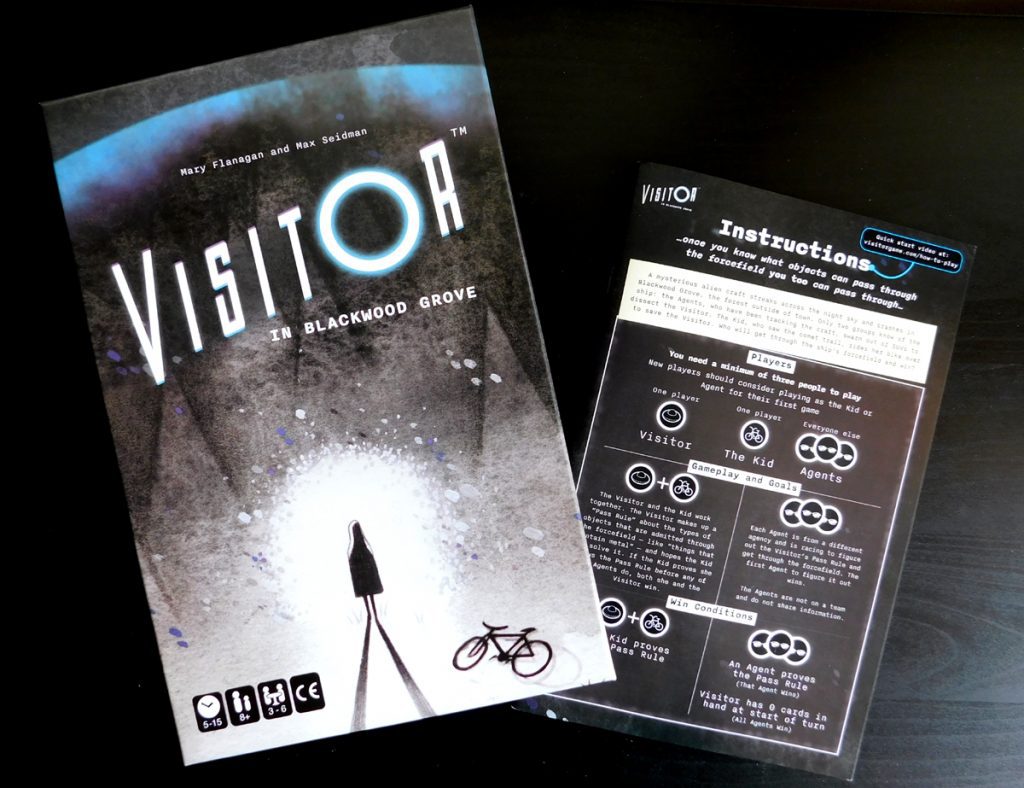
Deduction at its Finest
Visitor in Blackwood Grove is built on a wonderfully simple premise: the aliens are surrounded by a forcefield through which some objects can pass and others can’t. In order to get at them, you must figure out what rules govern this strange barrier, and therein lies the puzzle. Visitor owes a great debt to an old party game known most often as the “Green Glass Door” game, in which one player makes up a secret rule about what will or won’t pass through the door, and players must guess that rule through trial and error (everything contains metal, they’re all red, etc).
The game is played 2-versus-many, with the visitor (alien) trying to get the kid to figure out the pass rule (what can and can’t pass through the forcefield) before the swarming government agents do. All other players act as said agents, being assigned roles such as FBI, CIA, NSA, or DOE, although all agent roles function the same way. A board representing the forcefield is placed in the middle of the table. Each player is given a card detailing their actions and a hand of 7 cards featuring objects ranging from household items, to winding highways, and even dark galaxies.
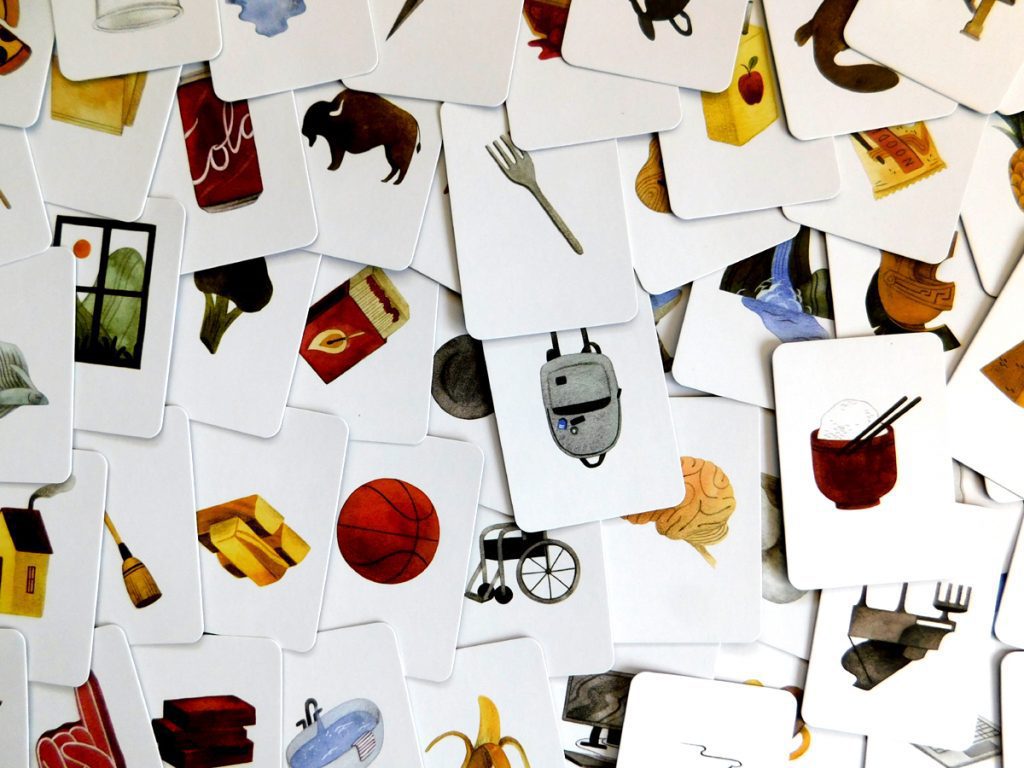
Turns take slightly different forms depending on whether it’s the visitor, the kid, or an agent, but all are structured around the same basic principle: objects will be presented and the visitor will indicate whether they pass through the forcefield or not. The intrigue comes largely from the accessibility of information.
Setting the Stage
At the start of the game, two cards are revealed from the deck and the visitor places them inside or outside of the forcefield depending on the pass rule for that game. This gives everyone else a jumping off point for their own induction. However, from then on the objects in the game won’t necessarily be shown to all players. Agents, for example, can choose a card from their hand to test, and they give this to the visitor face down, marking it with a token to remember that it’s theirs and allow them to double check the image later on. They will then draw a fresh card after they play.
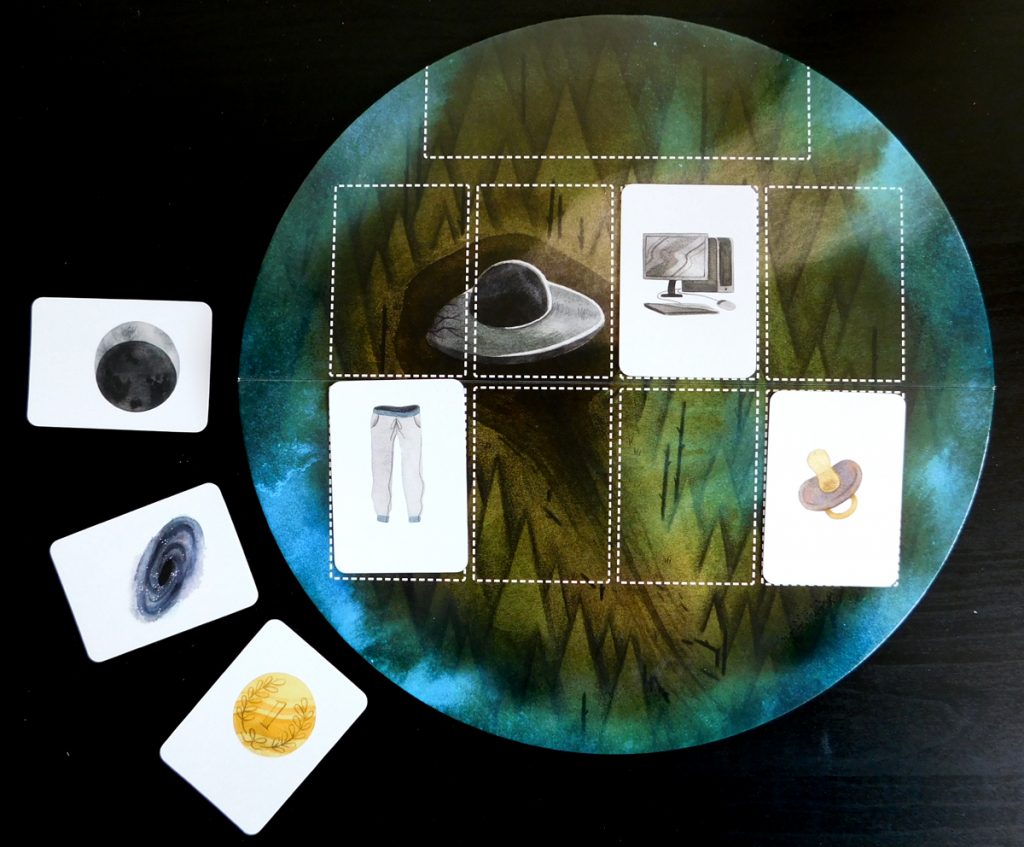
Probing Questions
The visitor, on their turn, will be showing a card to the kid, attempting to guide them to the pass rule. At the start of the game, this card is shown face-up, giving all players the same clue. Also, the visitor does not draw a new card at the end of their turn, meaning they are on a 7 turn timer. If they need to play and have no cards left then all the agents win. There’s strategy in hanging on to your most helpful cards until later in the game because, if all goes well, you may be able to show them to the kid face-down.
The kid can attempt up to three cards per turn and, with each card, can make a prediction as to whether it will or won’t pass through the forcefield. For each correct guess, they move a token up on a Trust Board that they share with the visitor. This shows how much they have bonded with each other and the farther they progress on this track the more powerful they become, allowing them to share private information, to peek at agents’ old guesses, and other abilities.

In addition to being able to test a card on their turn, any agent or the kid can also try and prove the pass rule at any time. This is done by revealing 4 random cards from the deck face-up. They must then correctly indicate which of the four will and which won’t pass through the forcefield. A success means they have won the game. A failure means, well, failure, and in the case of the agents it also gives the kid an additional 2 spaces on the trust board, so there’s incentive to wait until you’re certain to prove the pass rule.
The Flaws in our Stars
The logic in Visitor is delightful, and you’ll find yourself peering at the cards on the table and mumbling lists to yourself of what they could possible have in common. “Are they all… electronic? Nope, there’s a baseball… Do they fit in a breadbox? What’s that giraffe doing in there!” It scratches a part of your brain that falls somewhere between the logic used in something like Mastermind and that of Dixit. You want information, but not too much information, and not too little, either. It’s a balance that’s hard to achieve, and therein lies the problem.
While the puzzle of Visitor is excellent, the concreteness of turning Green Glass Door into a tabletop game actually works against them at various points. Everyone will interpret images somewhat differently, and this can be the deciding factor in a game of Visitor. One person may see a toothbrush and say to themself, “Yep, this is wood, so it passes through,” while another player sees the same toothbrush and thinks, “That went through, so I guess plastic is allowed in.” Too many images are too open to interpretation, leading to many games that end in long discussion of terms and definitions.

While this uncertainty could be crippling in a longer game, Visitor in Blackwood Grove is smart enough to know its impact and its audience. Most plays clock in at 5-15 minutes, and some games will barely make it around the circle once before people are ready to guess. Of course, a lot of that hinges on the pass rules, of which the game only provides 13 options. After that you’re thrown into the deep end, and must come up with your own. While I have no problem tasking your players with “creating” parts of a game, the pass rules in Visitor are so key, and have to be so balanced and specific, that it would have been nice to see 4 or 5 times as many as the scant baker’s dozen the game comes with.
Time Well Spent
Visitor retails for $20 and still provides more to chew on than your average filler. It’s quick to teach and even quicker to play, so even when a game ends on a note of uncertainty as you bicker about whether a bicycle costs more or less than $100, it’s hard to be too bitter when you only had 8 minutes invested in that game. Besides, it’s easy enough to shuffle it up and play again.
So check it out, watch some videos, and see if Visitor in Blackwood Grove might be for you.
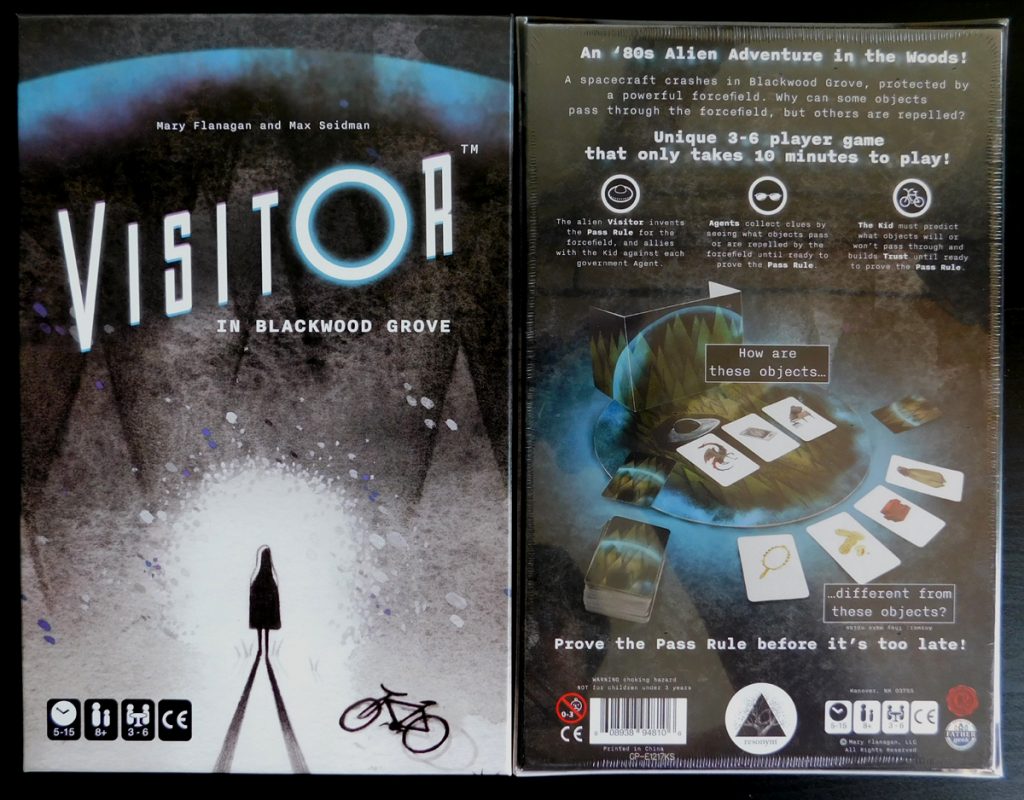


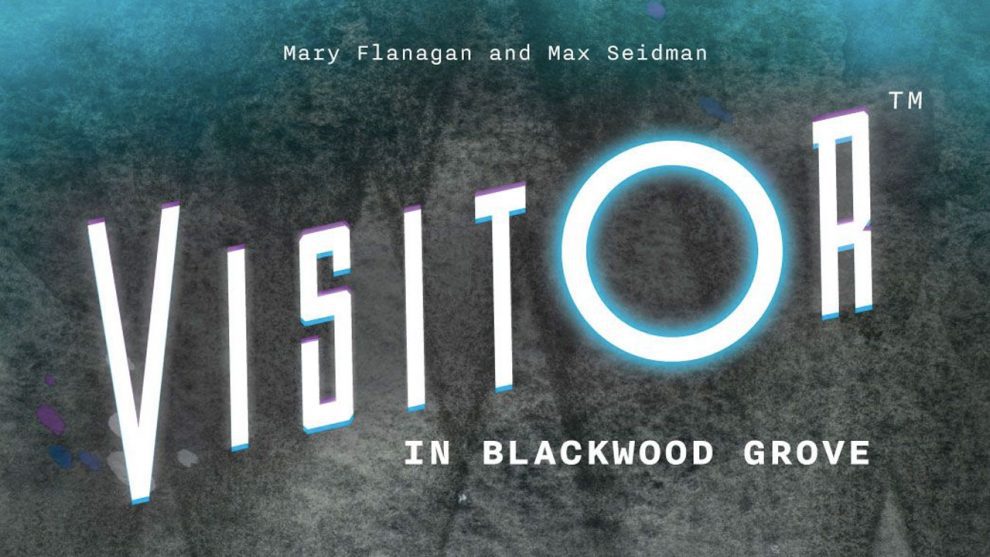


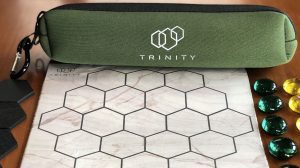






Add Comment